Visit to San Diego State University
Travel report Iris Landman
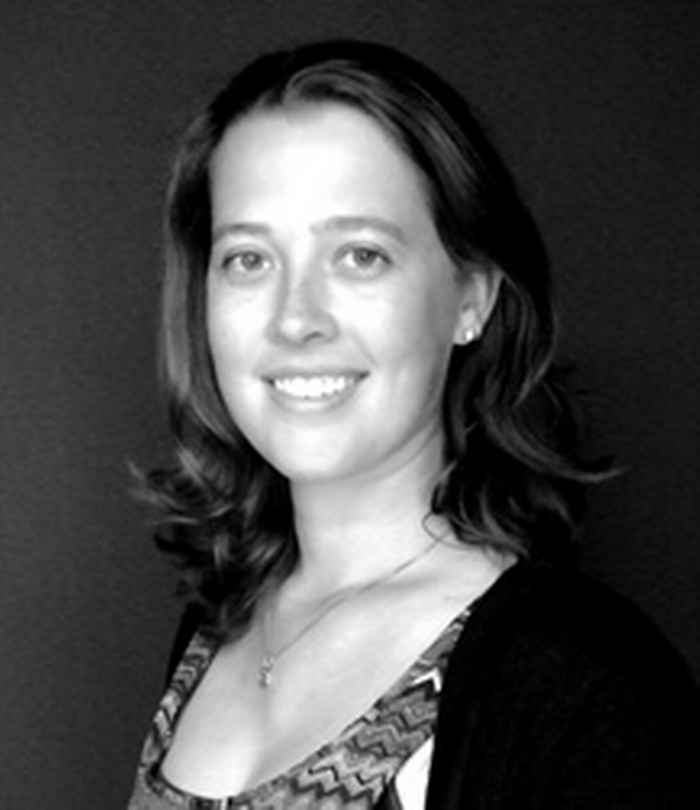
The best day to arrive in the United States is on Thanksgiving day. My host family, two lovely ladies with two dogs, welcomed me with open arms and a wonderful thanksgiving dinner – with a traditional oven-baked turkey. That was the start of my 5-months stay in San Diego, California’s finest city.
A little less-known than Los Angeles and San Francisco, San Diego is located about half-an-hour away from the Mexican border. Its largest economy sectors are defense/military, tourism, international trade and research/manufacturing. The city is divided into different areas, such as Pacific Beach, Northpark, and the downtown. These are spead over more than 900 square kilometers, and so most people travel around by car on the spacious 5-lane freeways. Public transportation has improved with the addition of a trolley, many buses, and Uber. However, I decided to buy a bike and face the hilly landscape up to San Diego State University.
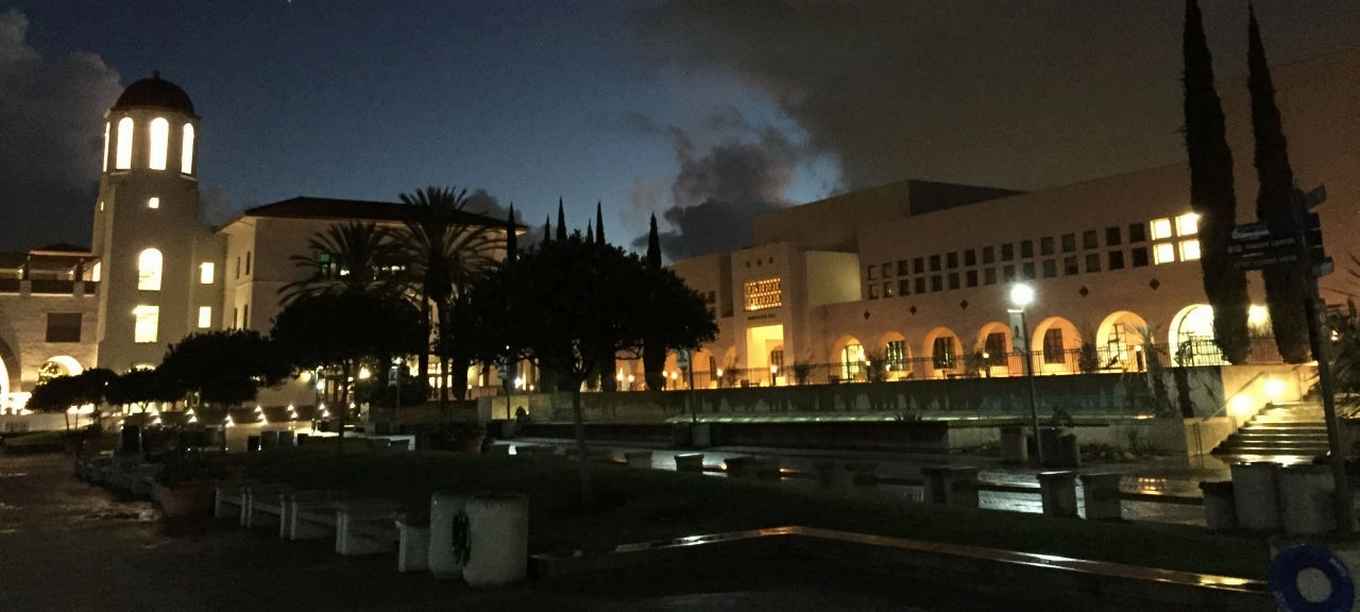
Alkene zipper catalyst
I was very kindly welcomed by Prof. Douglas Grotjahn and his group members at SDSU. Their primary research is on designing new phosphine ligands, water-oxidation catalysts, and metal-organic frameworks (MOF’s).
In the Grotjahn group they discovered the famous ‘alkene zipper’ catalyst, which holds the impressive record of allowing positional isomerization of a double bond over 30 carbons1. I worked on improving upon this catalyst with the help of modeling structure-activity relationships. There was a biweekly group meeting with literature and research presentations and American pizza. During the other weeks we had sub-group meetings in which we discussed our research results.
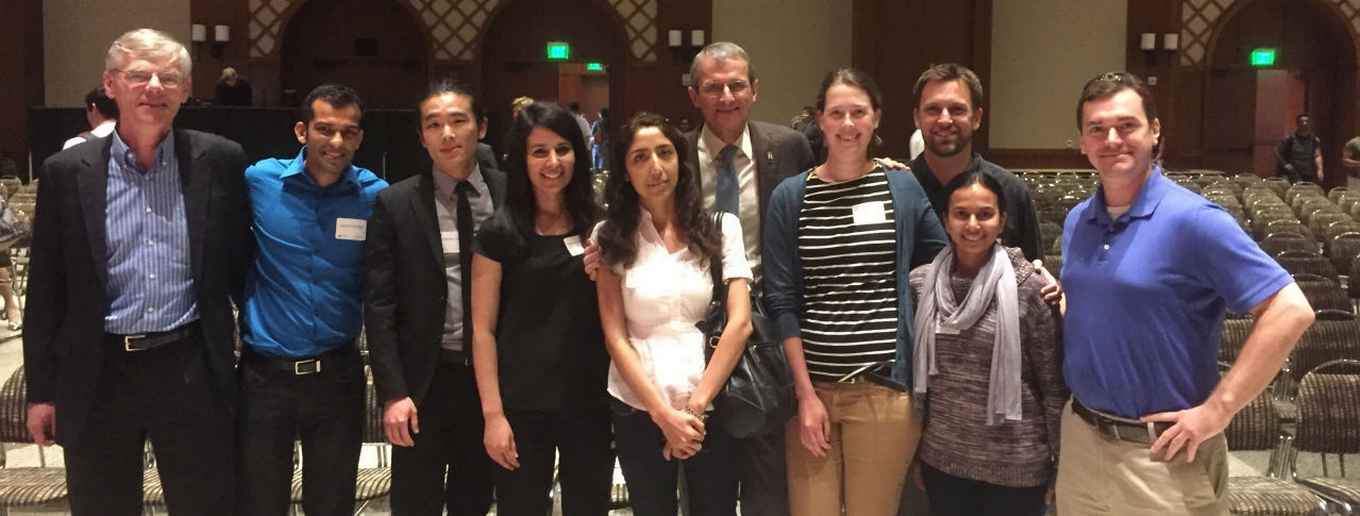
Inspiring seminars
Besides doing research, I attended multiple inspiring seminars organized by SDSU, such as a student research symposium with different research groups from all around San Diego and many guest speakers from industry. One particular interesting seminar was with Nobel laureate Prof. Richard Schrock. His lecture titled “From San Diego to Stockholm” was about his life story from high school in San Diego to winning the Nobel Prize in organic chemistry in 2005.
I also attended a Southern Californian (SoCal) Organometallics meeting at the University of California, Irvine, a couple of hours North of San Diego. Scientists and students from various universities and research institutes, such as Caltech, gathered for this often called ‘big’ group meeting. The goal was to discuss published but also unpublished results to fellow peers. At this meeting I presented a poster and received some useful tips about my research.
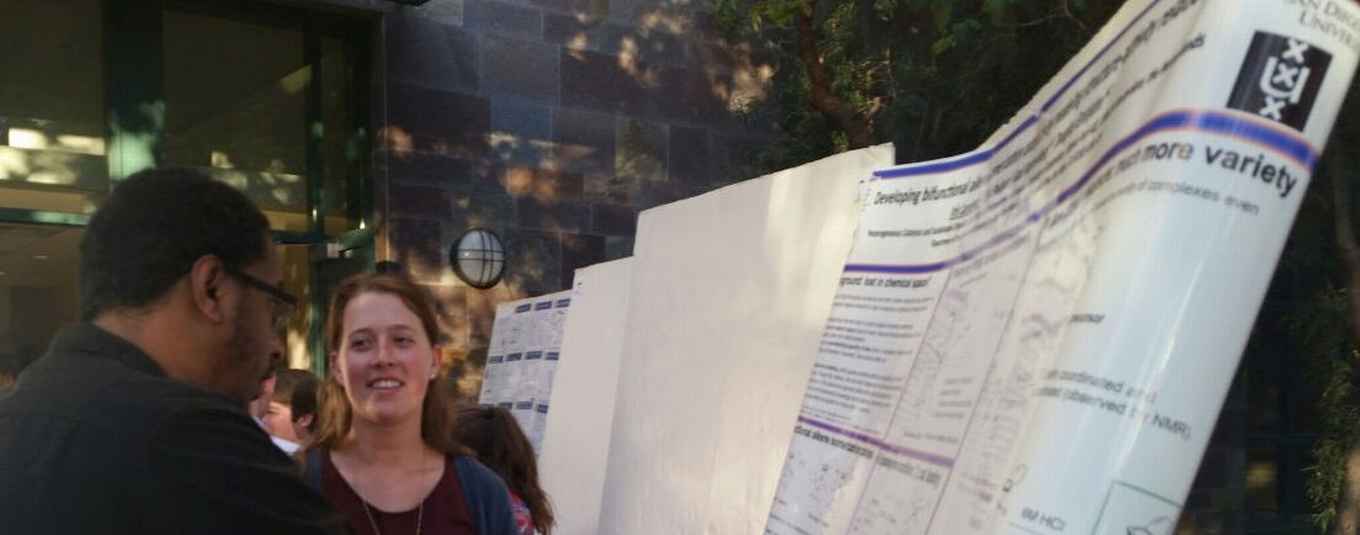
ACS conference
After a couple of months I attended the American Chemical Society (ACS) conference “Computers in Chemistry” in San Diego at the convention center in downtown San Diego. The conference was gigantic, but very well-organized. Scientists from all over the world came to share their work and passion for science. There was a large expo with all the companies from the industry giving away free stuff such as ethanol atom models and Bruker sunglasses. They also had demonstrations of special lab coats that can resist acid spilling, the latest high-tech equipment including the newest tech for gloveboxes in which you can control functions from an app on your phone.
A really beautiful place to live
The weather was mostly sunny with comfortable temperatures and the song “it never rains in Southern California” is almost completely true, except for this winter when I witnessed the effects of El Niño with heavy rainstorms and floods. Nevertheless, the locals were happy to see rain, because Southern California is suffering from a severe drought. This resulted in the unique phenomenon of blooming cacti and flowers in the desert.
Other things I enjoyed in between work, were hiking, surfing, sea fishing and cultural things such as an opera and a baseball game. San Diego is also famous for many local micro-breweries where you can taste different kinds of beers. To fill up your stomach, there is always a taco truck around the corner where you can order delicious fish tacos and the special California burritos.
The people that I met in California are hardworking, open-minded, relaxed, and friendly. California is a really beautiful place to live. I have gained new connections and made many friends which will allow for on-going collaborations to take place between SDSU and UvA. This 5-month abroad experience was a unique opportunity that allowed me to expand my views of the world and science.
1. Grotjahn, D. B.; Larsen, C. R.; Gustafson, J. L.; Nair, R.; Sharma, A.: Extensive Isomerization of Alkenes Using a Bifunctional Catalyst: An Alkene Zipper J. Am. Chem. Soc. 2007, 129, 9592. DOI:10.1021/ja073457i
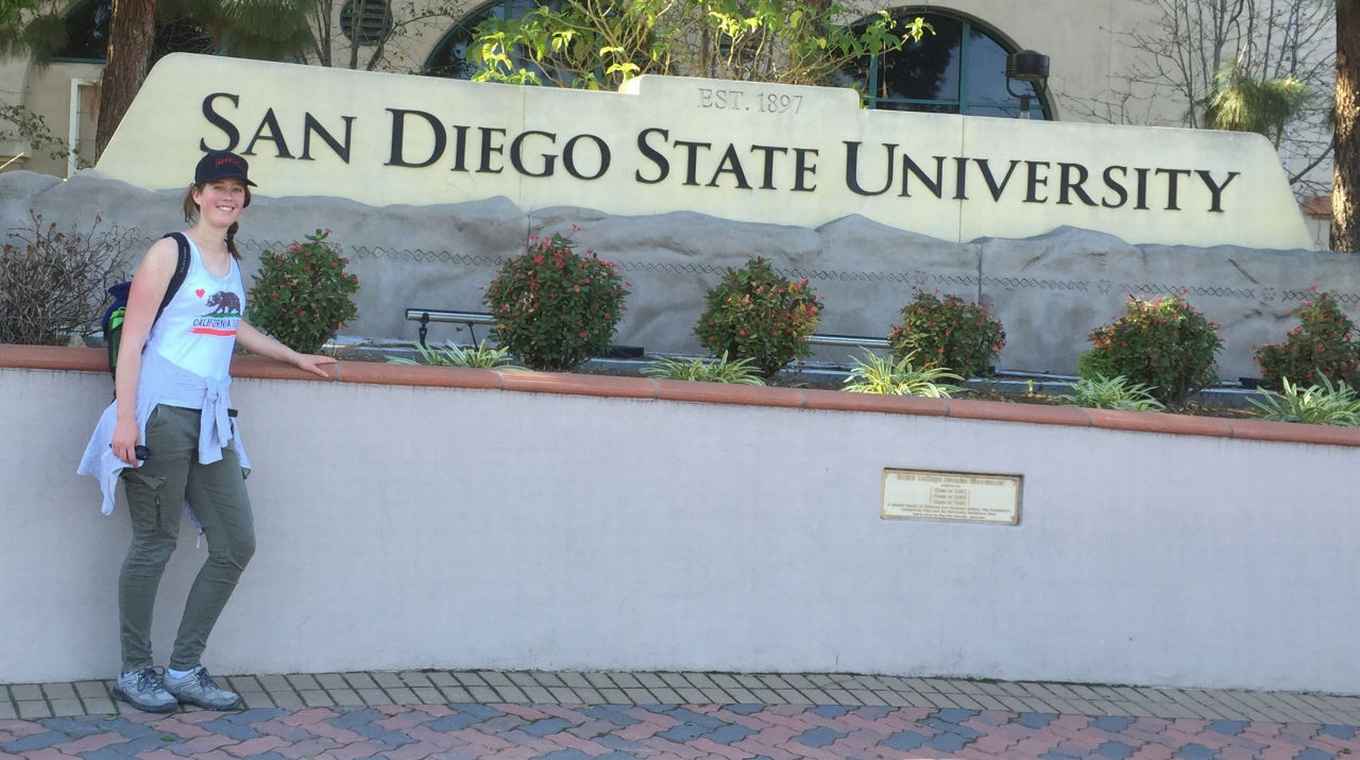
The visit of Iris Landman was co-financed by the Holland Research School of Molecular Chemistry, the Research Priority Area Sustainable Chemistry, the Van 't Hoff Institute for Molecular Sciences and the Royal Netherlands Chemical Society. Her research project, under the joint supervision of Prof. Gadi Rothenberg (UvA) and Prof. Douglas Grotjahn (SDSU) combines state-of-the-art descriptor modelling and organic/organometallic synthesis. With such joint international research projects, the RPA Suschem and the HRSMC help excellent students widen their horizons, preparing them for a career in today’s global environment.